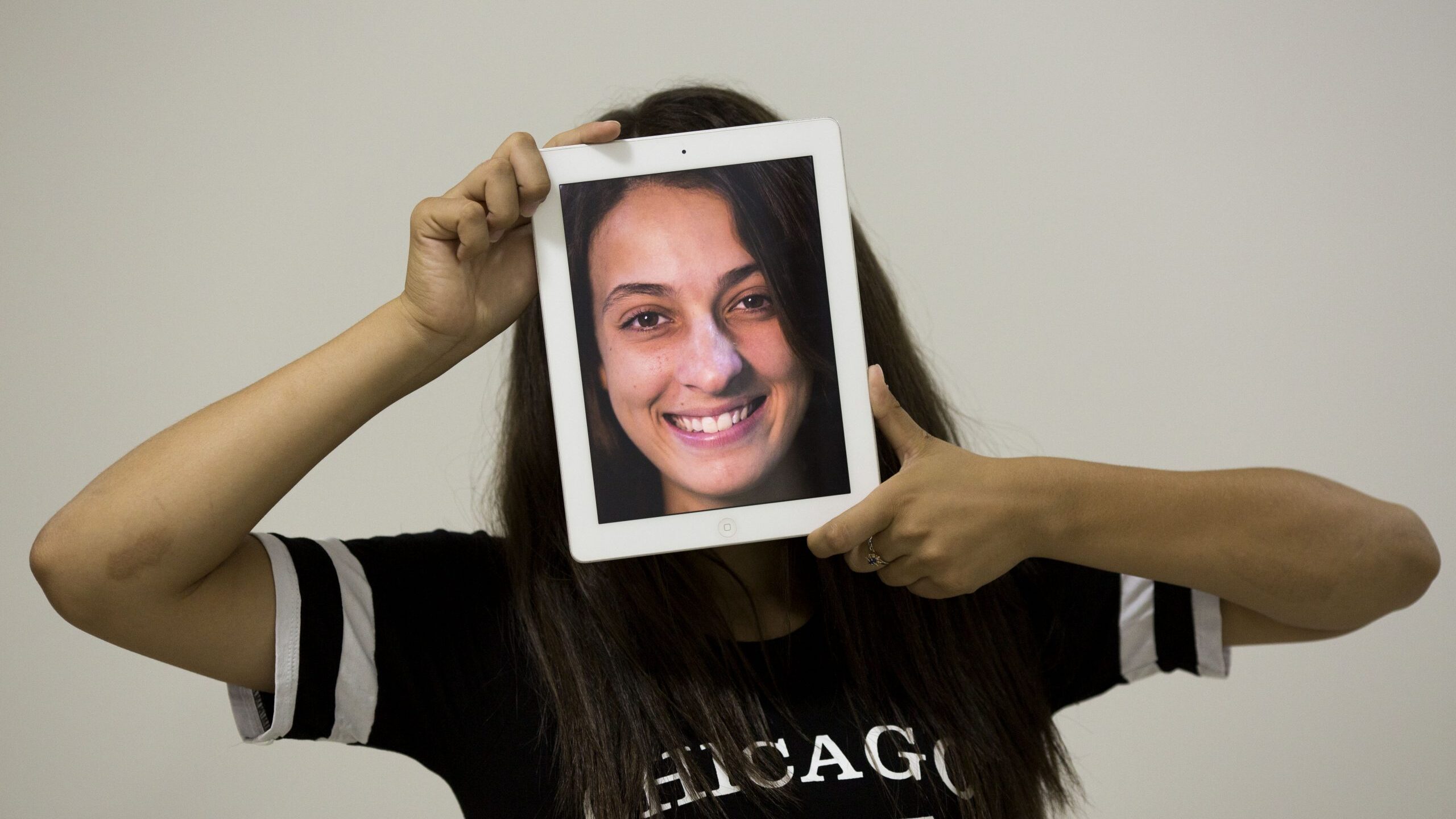Activity: Online Rights of the Child | Duration: 30 Mins
The aim of this activity is to explore young people’s online rights through the Convention on the Rights of the Child
The Convention on the Rights of the Child was a document written in 1989, long before social media and the wide use of the internet. These rights, however, apply in all situations including online and it is the duty of governments and adults to ensure rights are upheld.
In regard to the rights online, there are several key rights: the right to access the information (Articles 13 and 17), to participate (Article 12), to join groups online (Article 15), the right to privacy (article 16) and the right to be protected from online violence or abuse (Article 19). It is the responsibility of governments, parents, schools and other institutions to protect your rights.
Activity: Create an imaginary line in the room and place A4 sheets of paper with the following ages 6, 8, 10, 12, 13, 14, 15, 16, 17, 18. Ask participants to line up behind the age they feel is the right age for the following statements. Once they have made their decision ask them if they would like to change having reflected on the new information.
- Article 12 Decision making: At what age should children be allowed to go online?
- Would you change your mind if you found your child upset by something they saw online?
- Article 13 Sharing thoughts freely: What age should your caregivers be able to ban your access to online communications?
- Would you change your mind if you felt your child had bullied someone online?
- Article 15 Joining Groups: What age should you be allowed to determine what groups you can join online?
- Would you change your mind if you were a member of the LGBTQ+ community and you needed support but could not get it from your parents or caregivers?
- Article 16 Privacy: What age do your parents or caregivers have a right to monitor your communications?
- Would you change your mind if you felt your child was being bullied online or was communicating with strangers?
- Article 17 Access to information: What age should caregivers be allowed to restrict access to certain sites?
- Would you change your mind if you felt your child was watching porn?
Feedback: Acknowledge different views. Ask participants, if they were swayed by what others were thinking. Sometimes finding this balance can be challenging as rights can often intersect. For example, Article 12 ensures that you have the right to involvement in decisions that affect you and your views must be taken into account based on your level of maturity. However, Article 3 says governments and caregivers must balance decisions and make them based on ensuring your best interests are put first.
Your online rights are an ongoing debate across the world. The Irish government recently increased the digital age of consent to 16. The digital age of consent is the minimum age a user must be before social media and companies online can collect, process or store their data. The E.U. has set the default age of consent at 16, but member states can adopt a lower age, but no lower than 13. France, Germany and the Netherlands have also set the age at 16, while Denmark, Sweden and the UK have their age of consent set to 13. The Committee on the Rights of the Child published General Comment 25 on digital rights under the Convention on the Rights of the Child. Ireland made this submission to it.
Activity: Digital Agency | Duration: 30 Mins
Video: Growing Up Online
The aim of this activity is to explore digital agency, the autonomy you have over what you learn, spend time on and put online
Discussion: Now that you have a clearer understanding of your online rights, it is important to become more aware of your digital agency. Your digital agency is the autonomy you have over what do online. It is the ability to act independently and make your own free choices online. This is key to unlocking the full potential and power of the online world. You have a choice over your online identity, digital footprint, your privacy, who you choose to follow, what information you seek and how you spend your time online. These choices are yours to make. Ask participants to reflect on the video above, if you were to say to them that you were now going to show the group someone’s personal social media page, how would they react? Although we all may have learned about online privacy and the actions or decisions you can make, sometimes when we post regularly, we forget the public nature of the internet. For further explorations on these discussions, click on the links to watch a corresponding TED Talk
- Digital Footprint understanding what information you leave behind.
- Online Identity reflecting on how you present yourself online and taking steps to ‘curate’ it with care.
- Digital Privacy learning how to reclaim your privacy.
- Digital Bubbles or Echo chambers the diversity of who you choose to follow and be influenced by.
The aim of this activity is to evaluate who is online and influencing the world
Activity: Heads Up – In this activity participants will try and guess who the are most influential (most followed) people online. Start by downloading the following list of the top people on social media, Twitter, Instagram and Facebook, Print or write them on (labels if available) or Postits.
Step 2: Hand out a label to each participant, ask them to partner with someone and each person is to place a sticker on the other person’s forehead. The aim is to then take turns guessing who you are.
Step 3: When the game is over, explain to participants that these are the most followed online accounts on social media. Ask the group to get out a sheet of paper and answer the following questions:
- Where is your person from? Is this country particularly influential/dominant on the internet?
- What is their field of work? Does this line of work give them authority or the right to be so influential online?
- Who are their followers, who are they influencing/representing? In your mind describe the likely person who follows them and why?
- Do they write their own tweets or do they hire someone to do it for them? Who then is doing the influencing and why?
- Who do they not represent? Describe in your mind who does not follow them. Would they be decision-makers or powerful people in the world?
- What is their purpose on twitter? What do they Tweet about
- What do they stand for or represent? Do people pay attention to their opinions, does this give them power. Are their opinions well informed?
- Do they talk about global issues? Are their opinions well informed? Are they experts in these issues?
- Do they influence you? Who should be influencing you?
- Who else do you think is on the top list and do they follow any of them?
Feedback: Ask for any feedback or thoughts to be shared with the wider group.
Activity: Digital Skills | Duration: 20 Mins
Discussion: Most people in Ireland go online every day. It is an ordinary part of our everyday lives and yet the internet gives us all extraordinary powers to engage with the world. It allows us to connect, communicate, share and access information with millions of people all around the world, all within a matter of seconds. To understand how we use that power effectively and safely is key to developing digital skills. This starts with learning to apply life skills, like empathy, critical thinking, cooperation, curiosity to our online interactions. These skills can help you spot fake news, avoid trolls, act responsibly, manage your online persona and determine who or what influences you online and why.
Digital Literacy
- Knowing how to find and to evaluate credible information
- Identifying and understanding “fake news”, clickbait, propaganda, bias and misleading stories
Digital Safety
- Knowing how to ensure your privacy and safety online
- Dealing with hate speech – racism, sexism, threatening, bullying.
- Maintaining a healthy relationship with the online world and the physical world.
Ask the participants to rate and record their digital skills on a scale from 1-100?
Activity: Digital Score Handout the scorecard and ask participants to score their digital skills.
Activity: Global Digital Divides | Duration: 40 Mins
This activity aims to explore digital divides from a personal and global perspective.
Activity: Walking Debate “Are we connected or divided by the internet?” Ask people to choose which side they believe in, Connected or Divided, and walk to the respective side of the room. Discuss and debate why. Tell participants they can walk to the other side if they are convinced otherwise.
Feedback and Discussion: The internet was designed to connect people from around the world. It provides us with the opportunity to share ideas, collaborate and broaden our knowledge and understanding of different cultures. Yet in reality what we call “digital divides” have created an online inequality between those with full access and those with partial or no access at all. Participants in the group discussion will also explore how users can breakdown invisible barriers, and redress some of these divides.
Group work: How we spend our time online, who we are influenced by and who is accessing the internet matters. It influences the world around us and how we respond to it. Divide participants into smaller groups. Ask participants to discuss the following:
- Who do you choose to follow and be influenced by? Are they culturally like you? What is their profile (background, interest, life experience)?
- What kind of information do you receive? Does it offer a different perspective? Do you follow news sites from other countries?
- Who do you communicate with? Is it just friends or do you try and connect with others?
- What voices or communities aren’t able to reach you? Who do you not follow? And how might that affect your view of the world and on issues that affect you?
- Who is seldom heard online? How might this impact on their influence and power in the world?
- How does poverty impact on the digital divide
- Does a digital divide exist in Ireland, if so, between which groups?
Feedback: Give each group time to feedback. Provide participants with some of the digital divide statistics below or watch the video. Ask them for ideas on how to breakdown divides.
Video: Digital Divides in India



